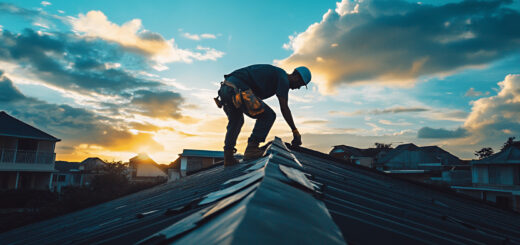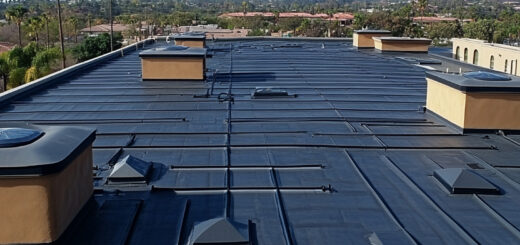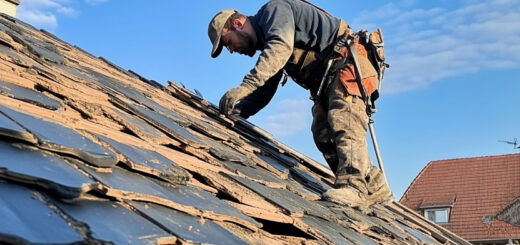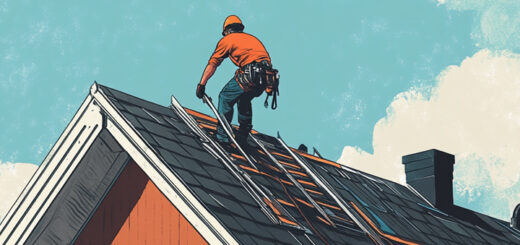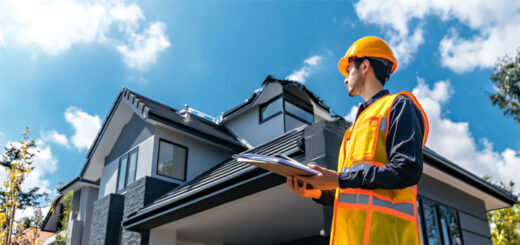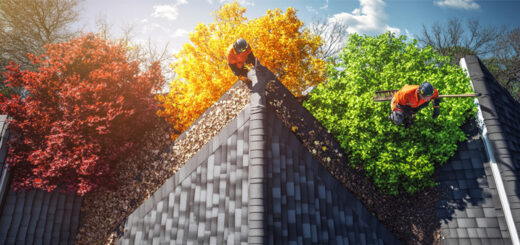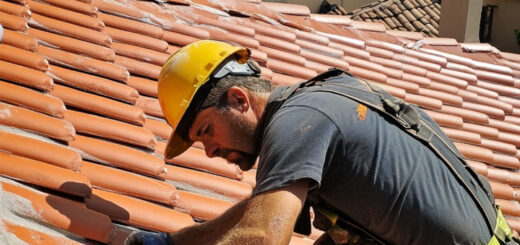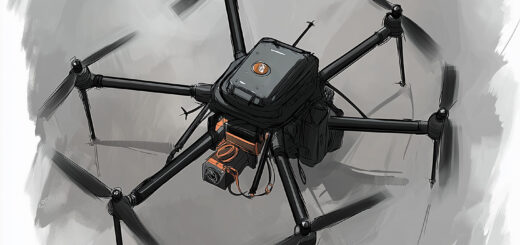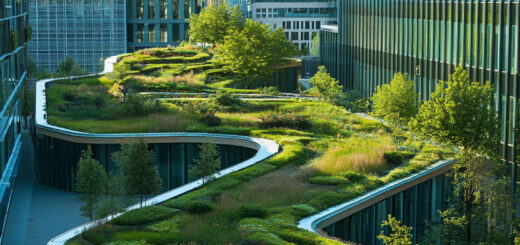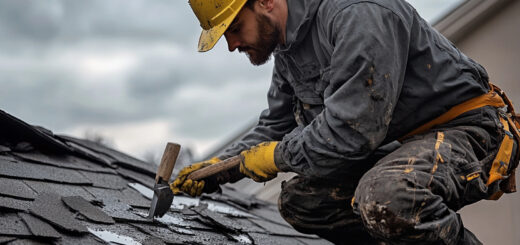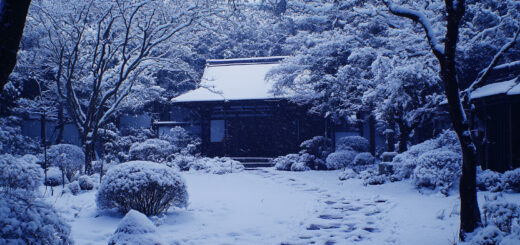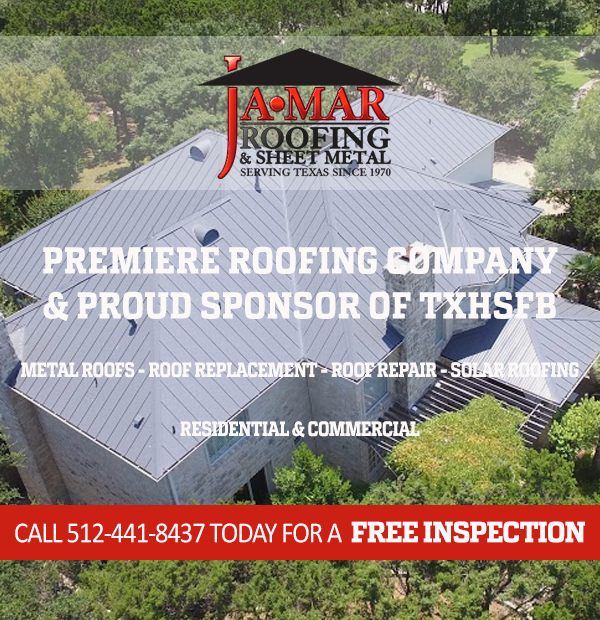How to Repair a Green Roof
Green roofs, also known as living roofs, are an innovative and eco-friendly roofing solution that has gained popularity in recent years. These sustainable roofing systems involve the installation of vegetation layers on top of traditional roof surfaces. Understanding the basics of green roofs is essential for anyone interested in sustainable building practices.
There are several types of green roofs, each serving different purposes and offering unique benefits. Extensive green roofs are lightweight with a shallow soil layer, making them ideal for existing structures that may not support heavy loads. They require minimal maintenance and typically feature drought-resistant plants. On the other hand, intensive green roofs resemble traditional gardens with deeper soil layers and a wider variety of plants, including shrubs and small trees. These require more maintenance but offer greater biodiversity.
The adoption of green roof technology provides numerous environmental benefits. By absorbing rainwater, they reduce stormwater runoff and mitigate urban flooding risks. Additionally, they improve air quality by filtering pollutants and capturing carbon dioxide while simultaneously providing insulation to buildings—resulting in energy savings.
As cities continue to seek sustainable solutions to combat climate change impacts, understanding the fundamentals of green roofs becomes increasingly important for architects, builders, and environmentally conscious homeowners alike. Embracing this eco-friendly approach not only contributes to a healthier planet but also enhances urban landscapes aesthetically and functionally.
Common Issues Faced by Green Roofs and Their Causes
Green roofs are an innovative solution for urban environments, providing numerous ecological benefits and enhancing the aesthetic appeal of buildings. However, they come with their own set of maintenance challenges that need to be addressed to ensure their longevity and effectiveness.
One of the most prevalent green roof maintenance issues is drainage problems. Proper drainage is crucial for preventing water accumulation, which can lead to plant root rot and structural damage. Inadequate drainage systems or blockages caused by debris can exacerbate these issues, making regular inspection and maintenance essential.
Vegetation stress is another common concern on green roofs. Factors such as extreme weather conditions, insufficient watering, or poor soil quality can lead to stressed plants that struggle to thrive. Selecting appropriate plant species that are well-suited for the local climate and ensuring adequate irrigation can help mitigate this problem.
Waterproofing failures pose a significant risk to both the green roof structure and the building itself. The waterproof membrane acts as a barrier between the vegetation layer and the building’s interior, preventing water infiltration that could cause extensive damage. Regular inspections are necessary to detect any signs of wear or damage early on so repairs can be made promptly.
By understanding these common issues—drainage problems in green roofs, vegetation stress, and waterproofing failures—property owners can take proactive measures in maintaining their green roofs effectively. This ensures not only their functionality but also their contribution to environmental sustainability goals.
Tools and Materials Needed for Green Roof Repair
When it comes to maintaining and repairing green roofs, having the right tools and materials is essential for ensuring both the health of your roof and its longevity. Green roofs are unique in their composition, combining vegetation with traditional roofing elements, which means that specific repair tools for green roofs are necessary to address any issues effectively.
First and foremost, you’ll need basic gardening tools such as pruning shears, trowels, and spades. These are crucial for managing plant growth and addressing any overgrown areas that may affect drainage or structural integrity. Additionally, a sturdy pair of gloves is indispensable for handling plants and soil comfortably.
For more structural repairs, materials like waterproof membrane patches are vital. These patches help fix any breaches in the waterproof layer beneath the vegetation. It’s also wise to have a selection of roofing sealants on hand to address minor leaks or cracks promptly.
Essential equipment for green roof maintenance also includes a reliable ladder or scaffolding system to safely access different sections of the roof. Safety harnesses should be used when working at heights to prevent accidents.
Finally, regular inspections using moisture meters can help detect water retention issues early on before they escalate into more severe problems requiring extensive repairs. By equipping yourself with these tools and materials for fixing green roofs, you can ensure your eco-friendly space remains both beautiful and functional year-round.
Prevention Tips to Avoid Future Damage to Your Green Roof
Green roofs are a fantastic way to enhance urban environments, offering benefits like improved air quality and energy efficiency. However, to ensure your green roof remains in optimal condition, regular care and maintenance are essential. Here are some vital prevention tips to avoid future damage to your green roof.
Firstly, establish a regular maintenance schedule for living roofs. Consistent inspections can help identify potential issues early on, such as drainage problems or plant health concerns. Make it a routine to check for any signs of wear or damage at least twice a year, ideally in the spring and fall.
To prevent leaks and structural damage in green roofs, ensure that the waterproofing membrane is intact and functioning correctly. This layer is crucial for protecting the building from water infiltration. Regularly clear debris from drains and gutters to maintain proper water flow and prevent pooling on the roof surface.
Another key aspect of green roof care tips involves monitoring plant health. Choose hardy plants suitable for your climate that require minimal maintenance once established. Keep an eye out for invasive species or overgrowth that might affect the balance of your ecosystem.
Finally, consider professional inspections periodically. Experts can provide insights into potential vulnerabilities you might overlook during routine checks. By following these preventative measures, you can significantly extend the lifespan of your green roof while maintaining its aesthetic and environmental benefits.
The Benefits of Regular Maintenance and Professional Inspections for Your Green Roof’s Longevity
Green roofs are a remarkable innovation in sustainable architecture, offering numerous environmental benefits such as improved air quality, enhanced insulation, and reduced stormwater runoff. However, to ensure these living ecosystems continue to thrive and function effectively, regular maintenance and professional inspections are crucial.
Scheduling professional inspections for your green roof is an essential step in preserving its health and longevity. Experts can identify potential issues early on—such as drainage problems, plant diseases, or structural concerns—that could compromise the integrity of your eco-roof if left unchecked. By addressing these issues promptly, you can avoid costly repairs down the line.
The long-term benefits of maintained living roofs are significant. Regular upkeep not only helps in extending the lifespan of your eco-roof but also ensures that it continues to deliver its environmental benefits efficiently. A well-maintained green roof can last for decades, providing energy savings through enhanced insulation and contributing positively to urban biodiversity.
Incorporating routine care into your maintenance schedule—such as weeding, fertilization, and irrigation adjustments—alongside professional evaluations will help keep your green roof vibrant and durable. Ultimately, investing time in regular maintenance is a small price to pay for the enduring advantages of a flourishing green roof atop your building.
Maintaining Your Green Roof Ensures Its Beauty and Functionality
In conclusion, maintaining your green roof is essential to preserving its aesthetic appeal and ensuring its long-term functionality. Regular maintenance not only enhances the visual beauty of your living roof but also optimizes its environmental benefits, such as improved air quality, enhanced insulation, and stormwater management.
To keep your green roof in optimal condition, it is important to conduct routine inspections to identify any potential issues early on. This includes checking for signs of plant stress or disease, ensuring proper drainage systems are functioning correctly, and removing any unwanted debris or invasive species that may compromise the integrity of the vegetation.
Additionally, seasonal care is crucial. This may involve adjusting irrigation systems during dry periods or replenishing soil nutrients to support healthy plant growth. Engaging with professional maintenance services can be beneficial in providing specialized care tailored to the unique needs of your green roof system.
By committing to regular upkeep and addressing maintenance needs promptly, you can enjoy a thriving green roof that not only contributes positively to urban biodiversity but also serves as a sustainable feature enhancing the overall value of your property.
